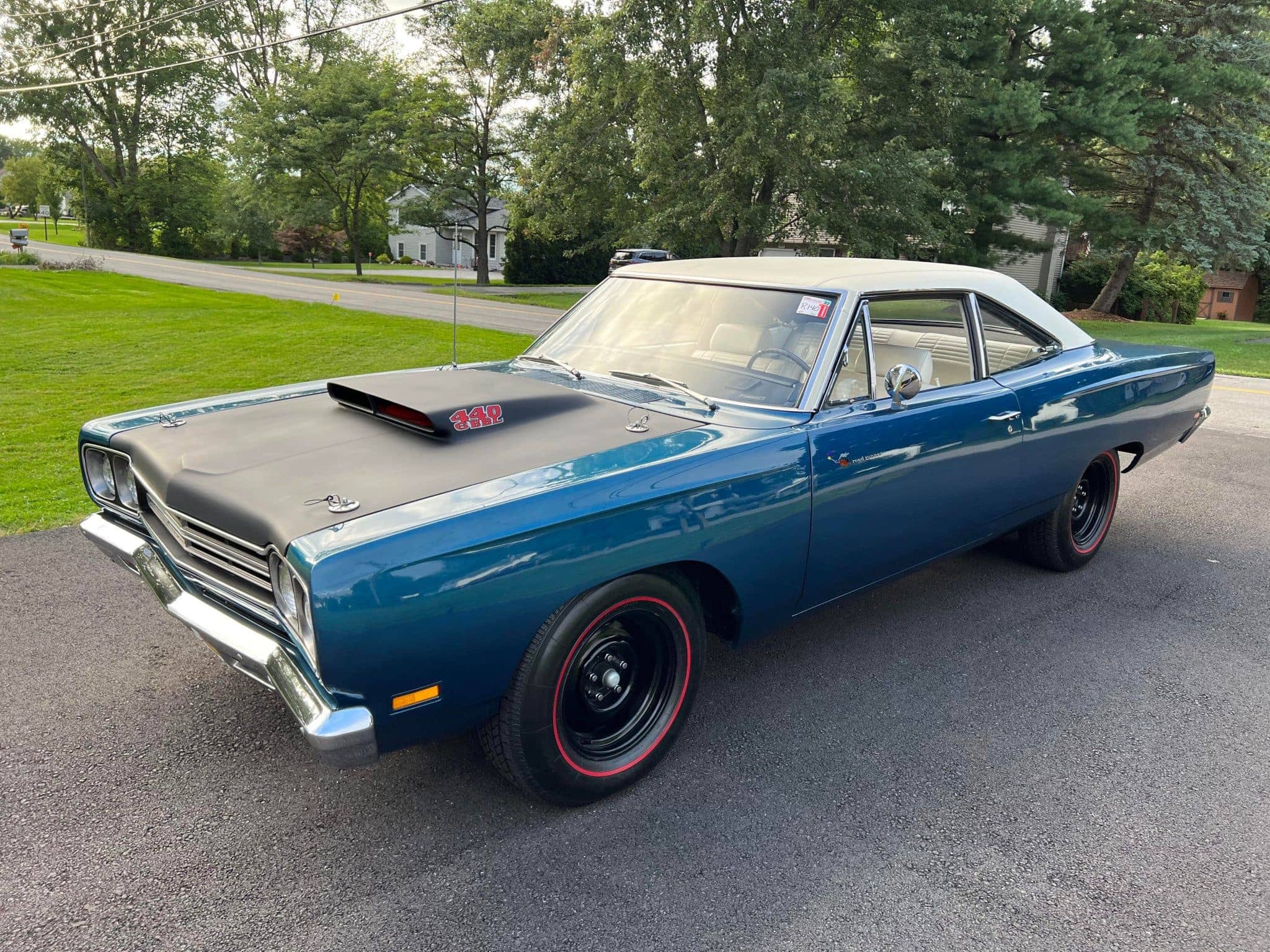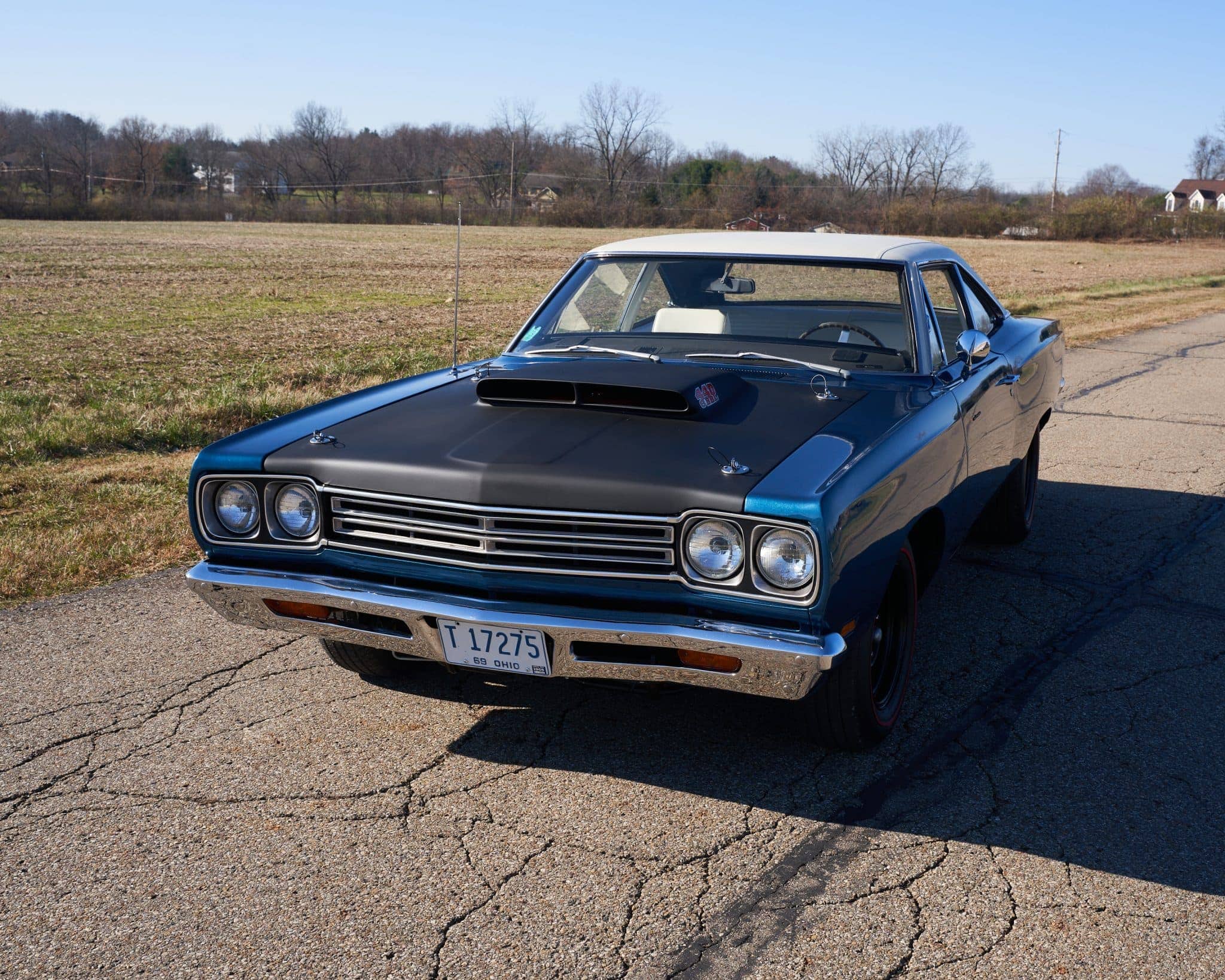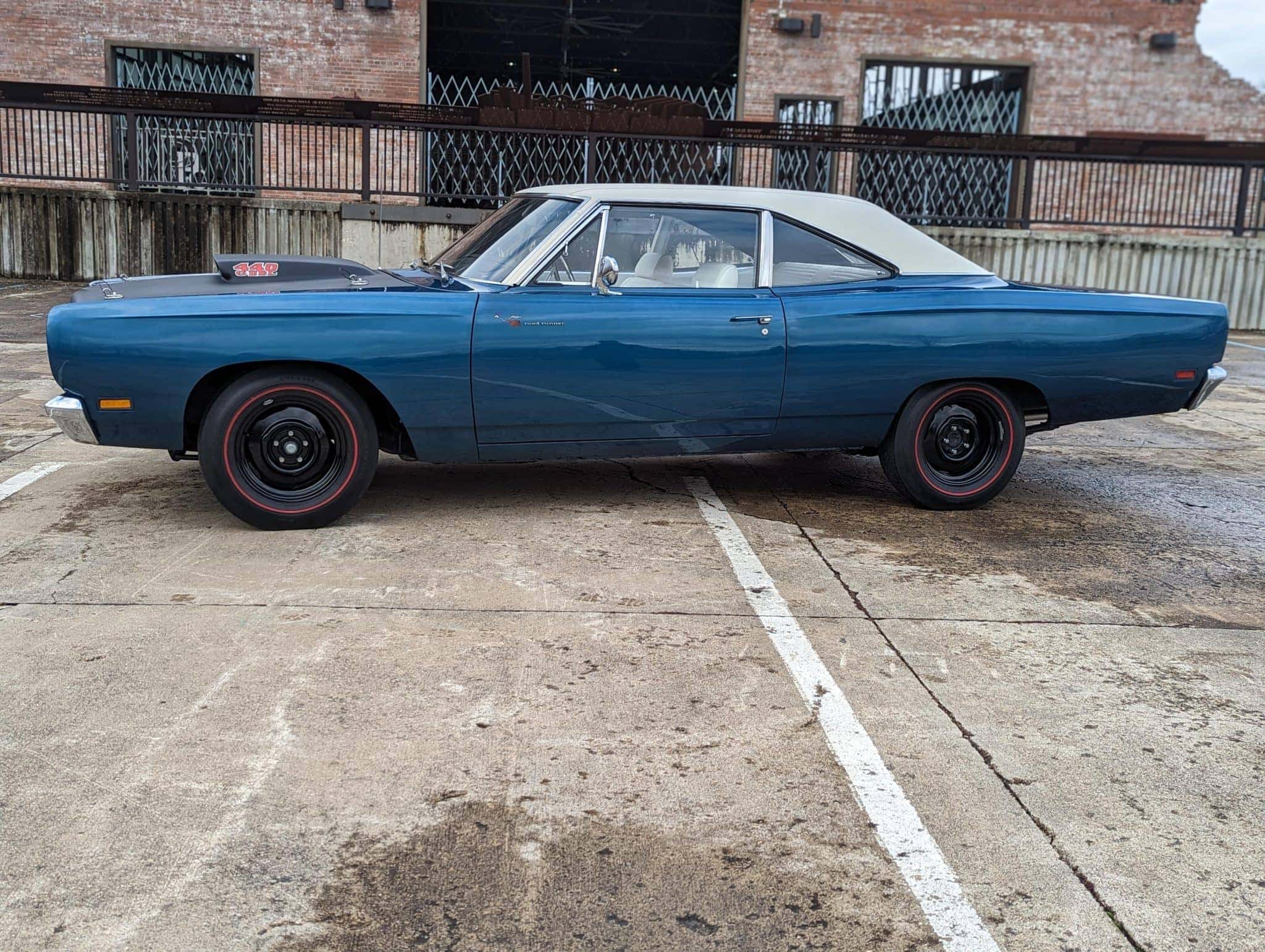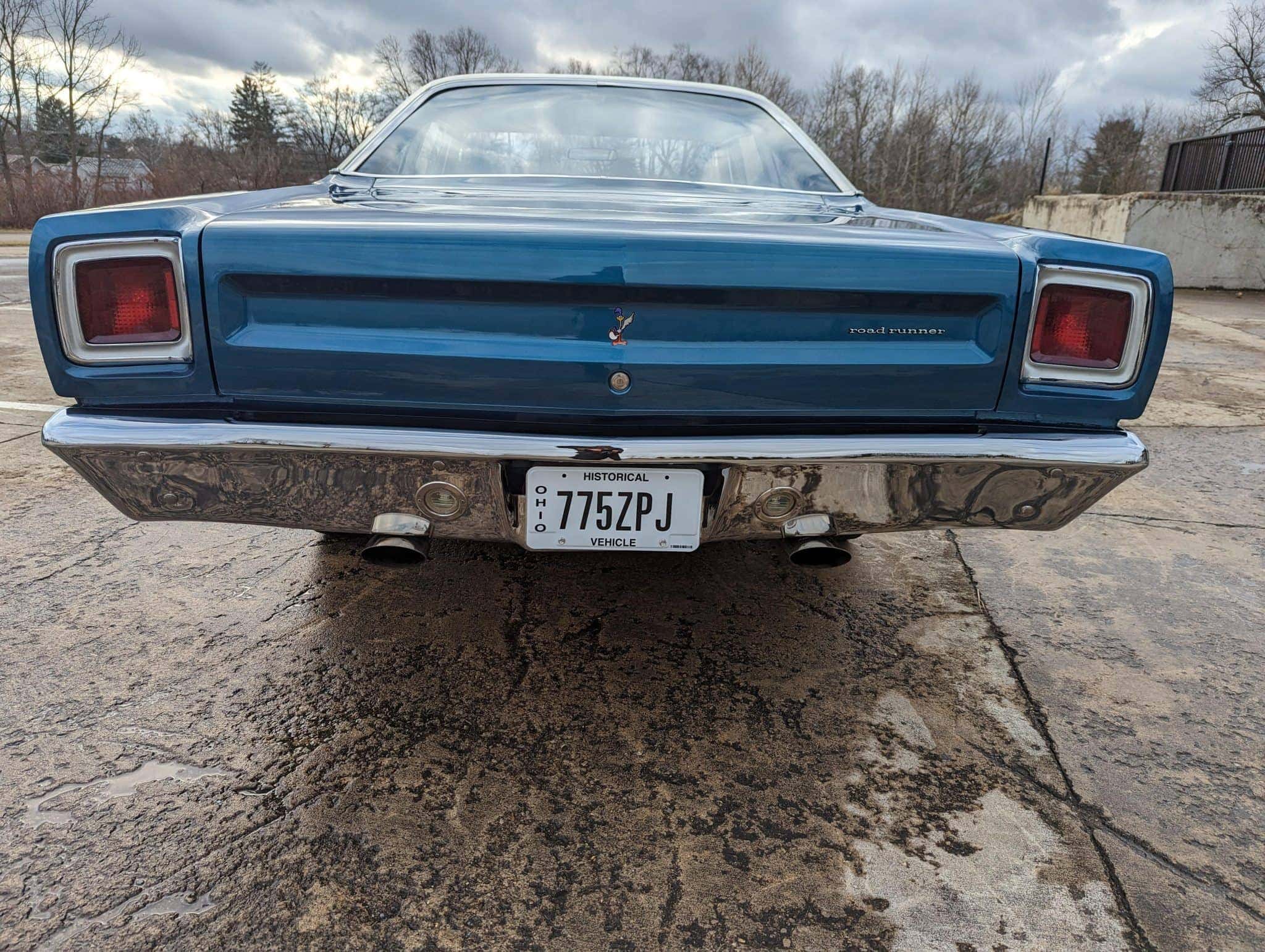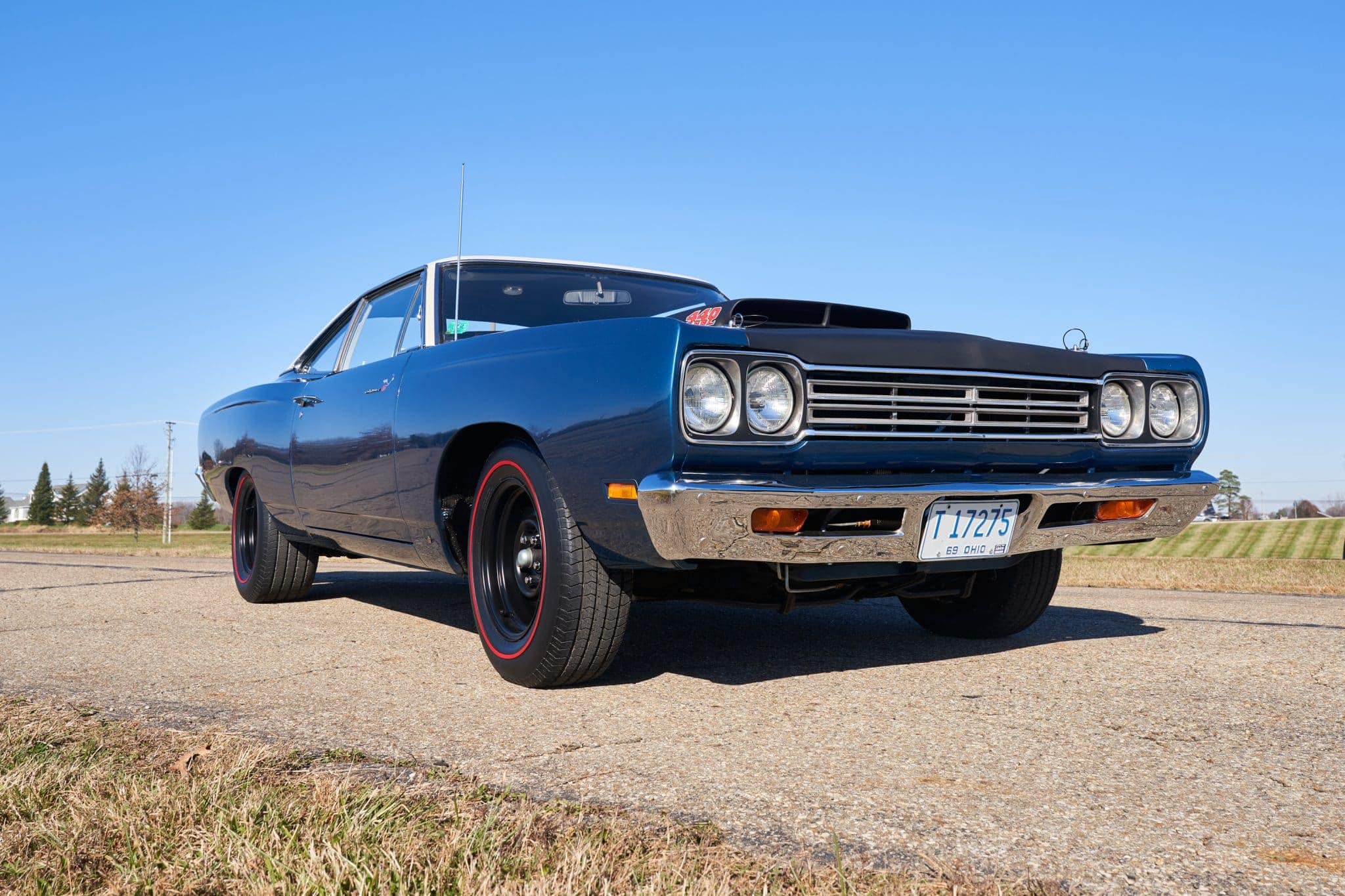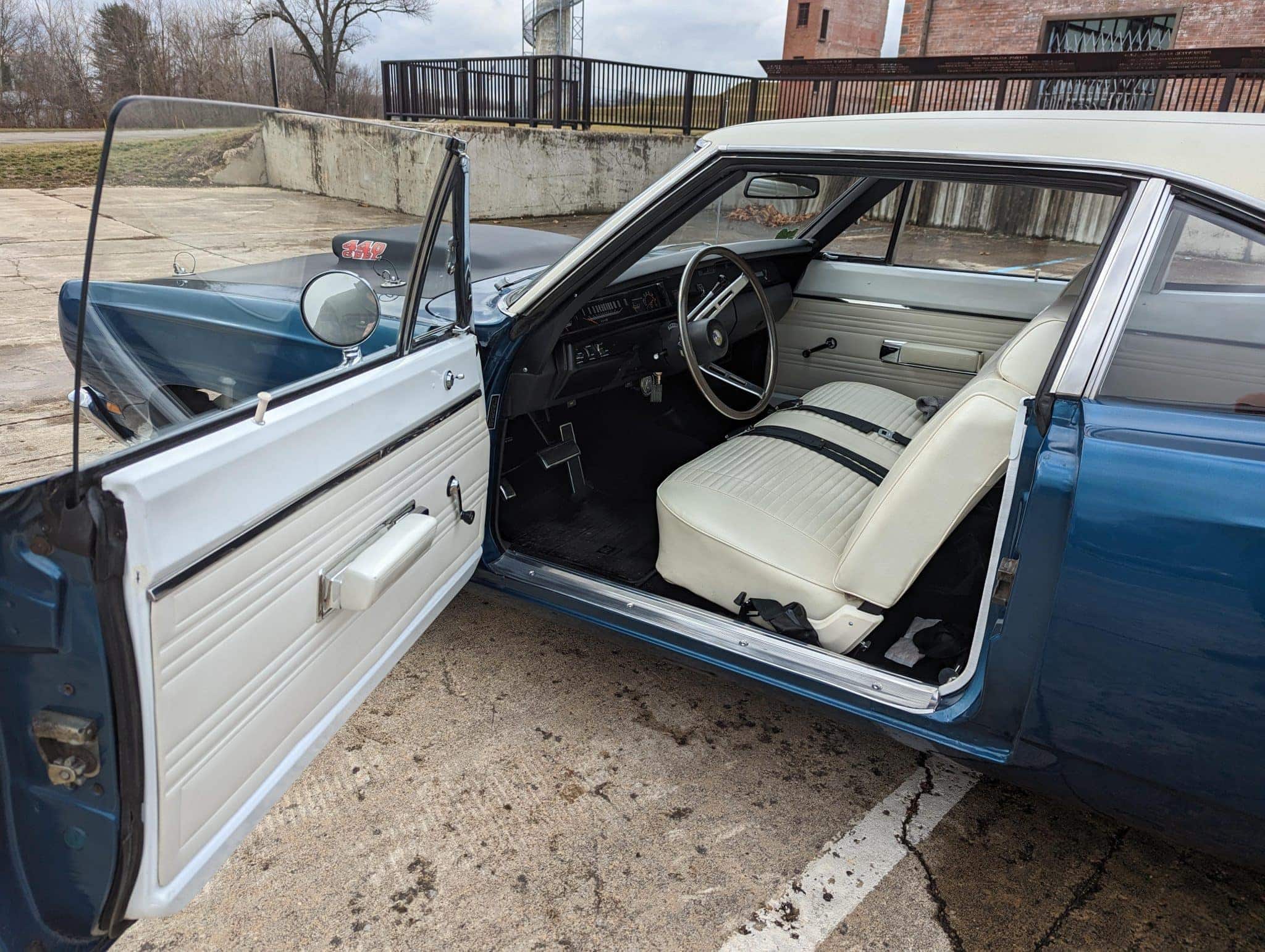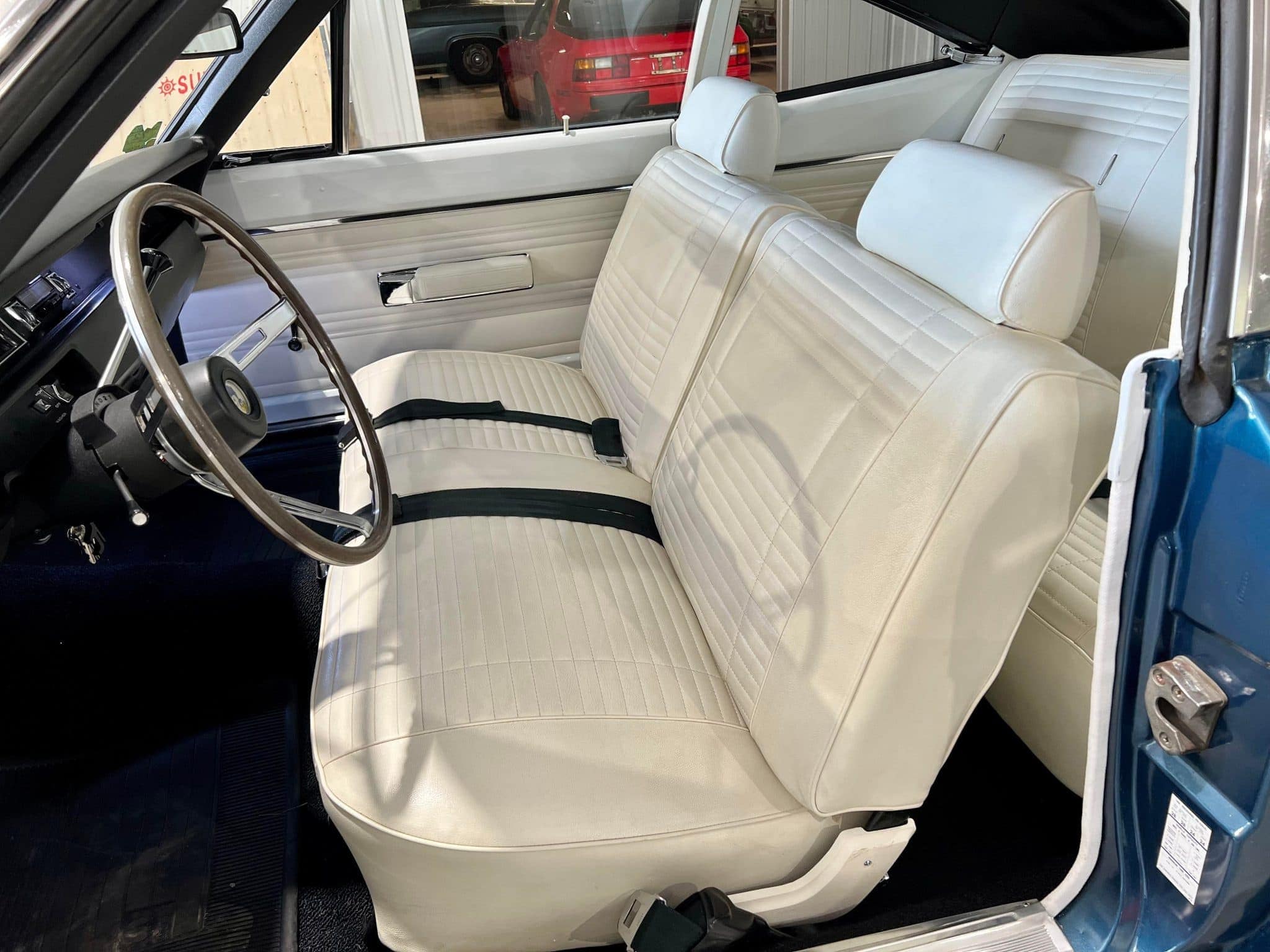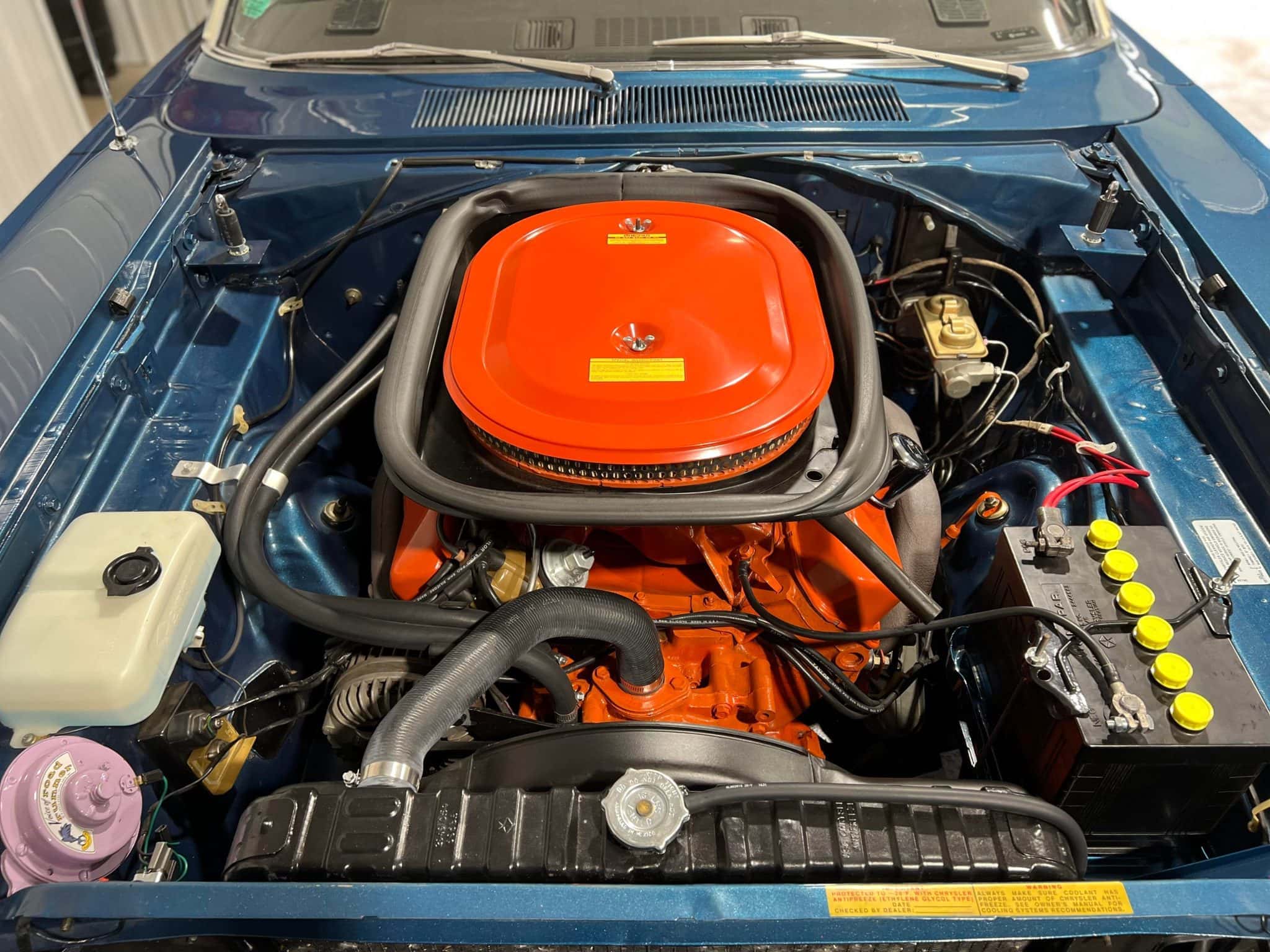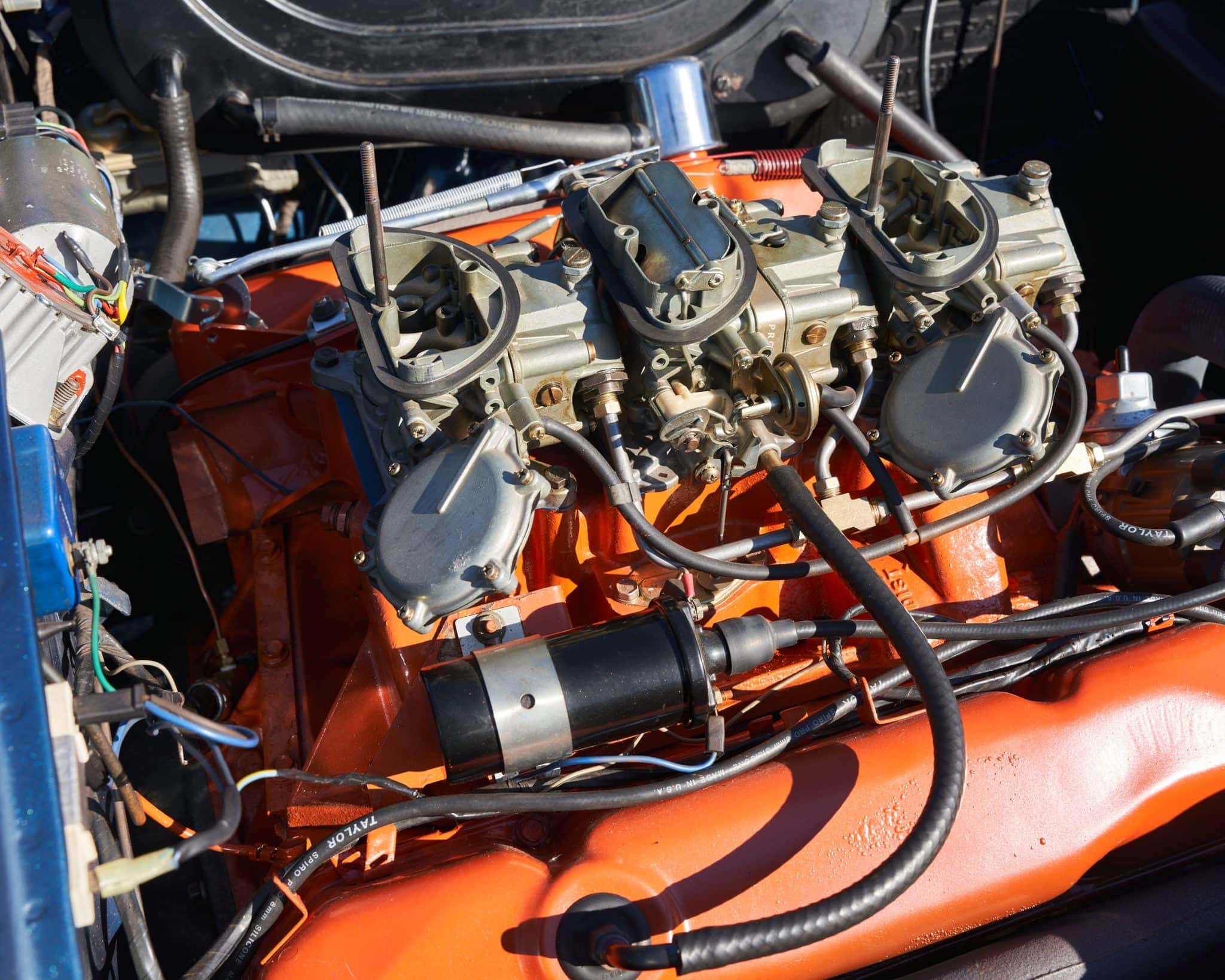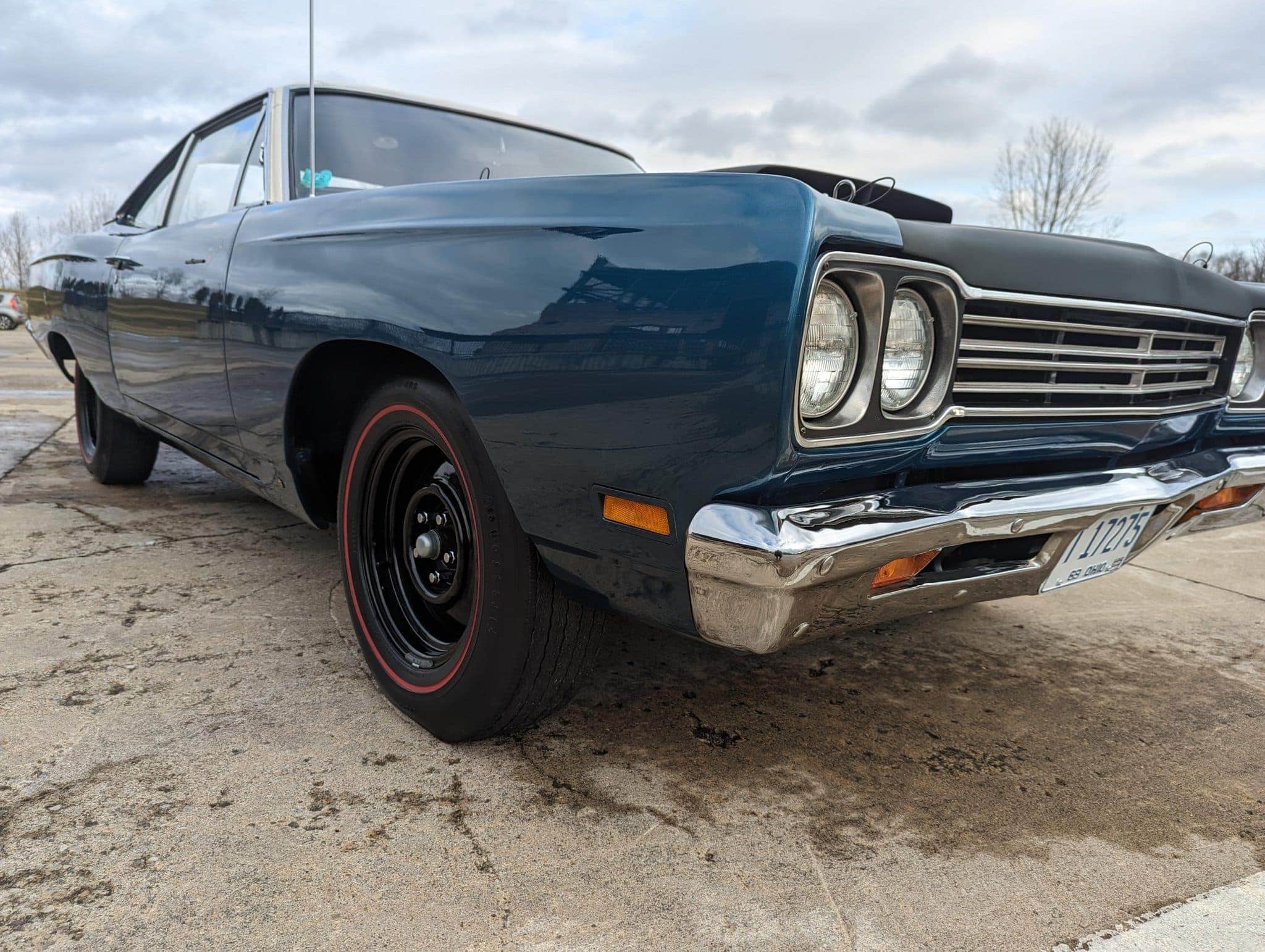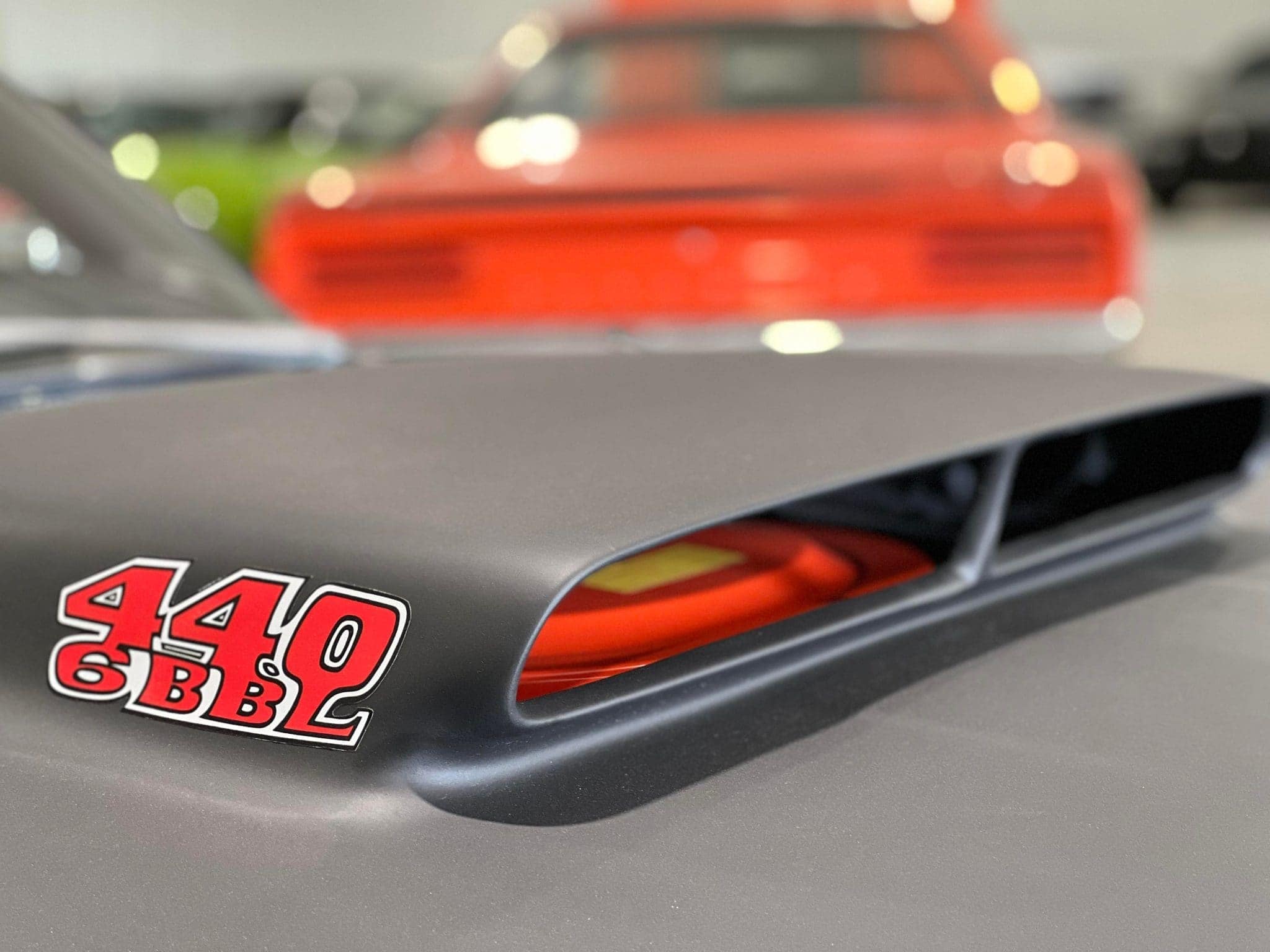In the annals of American automotive history, few names resonate as powerfully as the 1969 Plymouth Road Runner. Born in an era defined by high-performance muscle cars, the Road Runner stood out not just for its speed and power, but also for its unique blend of affordability and style. This iconic vehicle remains a symbol of the golden age of American muscle cars, cherished by enthusiasts and collectors alike.
Origins and Development
The Plymouth Road Runner was first introduced in 1968 by Plymouth, a division of Chrysler. The concept behind the Road Runner was simple yet revolutionary: create a no-frills, high-performance car that was affordable to the average buyer. The 1969 model built on this foundation, cementing its place in automotive history.
The Road Runner was designed to appeal to young, budget-conscious buyers who wanted the thrill of a muscle car without the high price tag of more luxurious models. The name “Road Runner” was licensed from the popular Warner Bros. cartoon character, and the car featured a distinctive beep-beep horn that mimicked the character’s signature sound.
Design and Specifications
The 1969 Road Runner came in three body styles: a two-door coupe, a two-door hardtop, and a convertible. The design was straightforward and aggressive, with a minimalist approach that emphasized performance over luxury. Its exterior featured clean lines, a broad stance, and bold graphics, including the famous Road Runner decal.
Under the hood, the standard engine was a 383 cubic inch (6.3 L) V8, producing 335 horsepower. For those seeking even more power, Plymouth offered the legendary 426 Hemi V8 engine, capable of 425 horsepower, and the 440 cubic inch (7.2 L) V8 engine, available in both the 440 Super Commando and the 440 Six Pack configurations. The latter featured three two-barrel carburetors, delivering a staggering 390 horsepower.
The Road Runner’s performance was further enhanced by its lightweight construction and efficient power-to-weight ratio. It could accelerate from 0 to 60 mph in just over six seconds, making it one of the fastest cars of its time. The standard four-speed manual transmission and optional automatic transmission provided flexibility for different driving preferences.
Cultural Impact and Legacy
The 1969 Plymouth Road Runner quickly became a cultural icon. Its combination of affordability, performance, and distinctive styling made it immensely popular among young drivers and muscle car enthusiasts. It was named Motor Trend’s Car of the Year in 1969, a testament to its impact on the automotive industry.
The Road Runner’s success also helped to solidify Plymouth’s reputation as a leading manufacturer of high-performance vehicles. It became a symbol of the American muscle car era, representing the spirit of freedom, power, and rebellion that defined the late 1960s and early 1970s.
Collectibility and Modern-Day Appeal
Today, the 1969 Plymouth Road Runner is highly sought after by collectors and enthusiasts. Its rarity, especially in well-preserved or restored condition, makes it a valuable addition to any classic car collection. Auctions and car shows often feature pristine examples of this iconic muscle car, attracting attention and admiration from all generations of car lovers.
Restoration projects for the Road Runner are also popular, with many enthusiasts dedicated to preserving the original character and performance of these vehicles. The availability of aftermarket parts and the support of a passionate community make it possible to maintain and enjoy these classic cars for years to come.
The 1969 Plymouth Road Runner remains a quintessential example of American muscle car excellence. Its blend of raw power, minimalist design, and cultural significance has ensured its place in automotive history. As a symbol of a bygone era of unrestrained performance and youthful exuberance, the Road Runner continues to captivate the hearts of car enthusiasts and collectors worldwide
.
